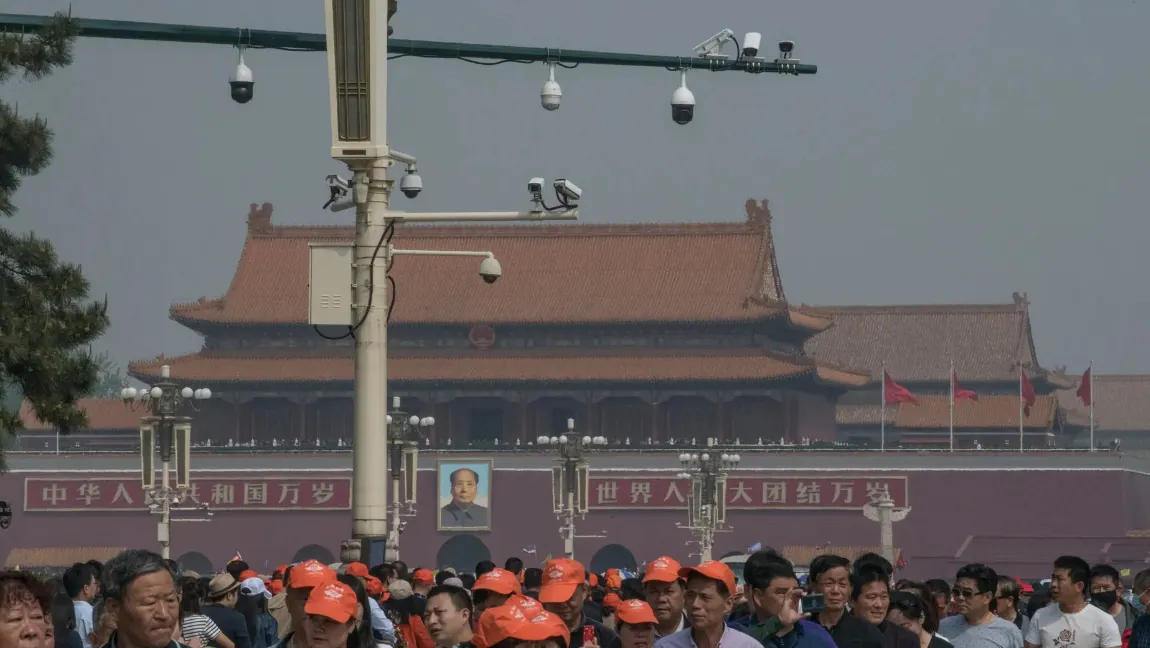© ROOT-NATION.com - Use of content is permitted with a backlink.
China has set its sights on the moon, unveiling ambitious plans for a comprehensive Skynet network of satellites. This network, equipped with 600 million cameras, aims to protect lunar assets and monitor foreign visitors to the moon. The inspiration for this lunar surveillance system was China’s existing ground-based project, also called Skynet, which is considered the world’s largest video surveillance network. With one camera for every two adult Chinese citizens, Skynet’s cameras, which are double the number of surveillance cameras in the US, cover the entire country, providing comprehensive state monitoring.
In cooperation with other leading agencies and scientific institutions, the Lunar Research and Space Technology Center of the China National Space Administration (CNSA) is leading this lunar initiative. Building on the success of the ground-based Skynet project, they plan to build and operate an optical surveillance system for China’s future lunar research station. China aims to establish its first base on the surface of the moon by 2028.

The South China Morning Post reported that the planned Skynet lunar network would consist of high-performance surveillance cameras equipped with artificial intelligence chips. These tiny cameras weighing only 100 g each will be able to independently identify, track and target suspicious objects. If something unusual is detected, the system will immediately issue alarms and initiate appropriate response measures.
The planned Chinese lunar research station will include major facilities, including a command centre, power plant, communications hub and science laboratories. In addition, it will have a fleet of robots and satellites for remote sensing, navigation and communication.
A reliable monitoring system is considered essential to ensure the long-term stability and safety of the lunar station. Critical areas may even require continuous 360-degree surveillance. In addition, the system will offer high-definition multi-camera live broadcasts of important events such as the arrival and departure of spacecraft.

Along with the controversial name, critics have raised concerns about a breach of privacy, although proponents say the deployment of Skynet has helped make China one of the safest countries in the world. In addition, the lack of a regulatory framework governing potential conflicts between lunar bases raises concerns about international cooperation and peace in space exploration.
However, getting Skynet to the moon comes with many challenges. Surveillance cameras on the moon must withstand extreme space conditions, including high-energy particle radiation and extreme temperature fluctuations. In addition, they must function autonomously in case of loss of communication with the Earth.
The Chinese government is working with leading technology companies to address these challenges. Smartphone makers and other tech giants are expected to share expertise in developing lenses, chip technologies, protective materials and artificial intelligence algorithms.

In addition, China’s lunar ambitions coincide with those of the US, as both countries plan to establish international bases on the south pole of the moon. However, concerns remain about potential conflicts and the regulatory framework governing lunar activities.
Read also:
- NASA may refuse to send samples of Martian soil to Earth
- NASA’s VIPER mission is one step closer to launch


